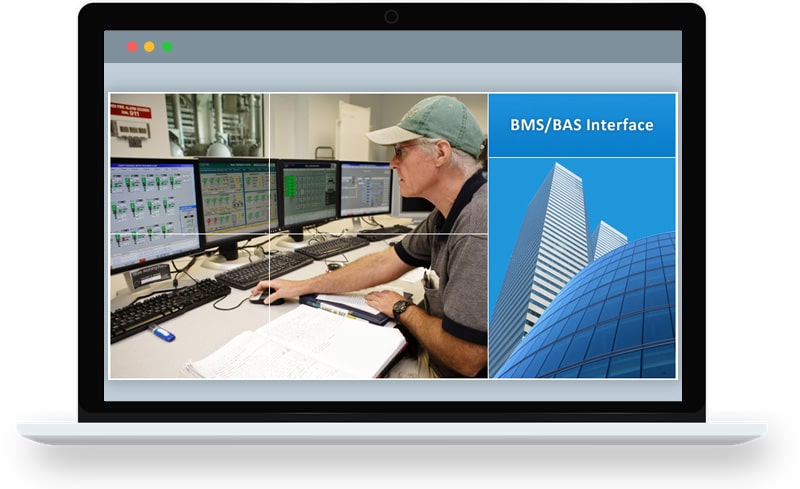In modern buildings, efficiency, comfort, and sustainability are non-negotiable. BMS software, or Building Management System software, is the digital brain that ensures all building operations run seamlessly. It integrates and automates various building systems, providing facility managers with complete control and oversight. From HVAC (heating, ventilation, and air conditioning) to lighting, security, and energy management, BMS software plays a crucial role in creating smarter, safer, and more cost-effective buildings.
Understanding BMS Software
A Building Management System (BMS) is an integrated platform that monitors and controls a building’s mechanical, electrical, and electromechanical systems. These include:
- HVAC systems for temperature and air quality
- Lighting controls for energy efficiency
- Security and access systems for safety
- Fire and life safety systems for emergency readiness
- Energy and utility management for cost control
BMS software provides a centralized dashboard where facility managers can track real-time data, identify inefficiencies, and optimize building performance. It is widely used in commercial buildings, hospitals, data centers, and large residential complexes.
Key Features of BMS Software
1. Centralized Monitoring
BMS software consolidates all building systems into a single interface, making it easy to oversee operations and respond to issues promptly. Facility managers can monitor energy consumption, air quality, and occupancy patterns without juggling multiple platforms.

2. Automation and Control
Automation is one of the core advantages of BMS. The system can automatically adjust heating, cooling, and lighting based on pre-set conditions, occupancy levels, or time schedules, reducing energy waste and operational costs.
3. Energy Management
BMS software helps organizations achieve energy efficiency goals by analyzing usage patterns, detecting anomalies, and suggesting optimizations. Advanced BMS platforms can even integrate with renewable energy systems, further lowering carbon footprints.
4. Fault Detection and Alerts
A critical feature of BMS software is real-time fault detection. When systems malfunction, the software immediately alerts facility managers, enabling quick troubleshooting and minimizing downtime.
5. Data Analytics and Reporting
BMS software collects and analyzes performance data, providing actionable insights. Facility managers can generate reports on energy consumption, equipment efficiency, and maintenance requirements to guide strategic planning.
6. Integration Capabilities
Modern BMS solutions integrate with other enterprise tools, such as facility management software and IoT devices, creating a holistic view of operations. This interoperability enables more efficient workflows and improved decision-making.
Benefits of BMS Software
Improved Operational Efficiency
By automating repetitive tasks and centralizing control, BMS software reduces the manual workload for facility teams, freeing them to focus on strategic initiatives.
Energy and Cost Savings
Optimized energy use translates directly into lower utility bills. BMS systems can reduce energy consumption by up to 30%, providing substantial long-term savings.
Enhanced Comfort and Productivity
Maintaining optimal indoor conditions improves occupant satisfaction, health, and productivity—an especially important factor in office environments and healthcare facilities.
Proactive Maintenance
With continuous monitoring and real-time fault alerts, BMS software enables predictive maintenance. Facility managers can address issues before they escalate, avoiding costly repairs and system downtime.
Sustainability and Compliance
BMS solutions support green initiatives by minimizing energy waste and aligning with environmental standards. They also provide the documentation needed for compliance with building codes and sustainability certifications.
The Role of BMS in Modern Facility Management
As buildings become smarter and more connected, the role of BMS software is expanding. It’s no longer just about controlling systems—it’s about creating adaptive environments that respond to occupant needs, operational demands, and sustainability goals.
BMS software works best when paired with other digital tools, such as fault reporting software for fast issue resolution and comprehensive facility management software for managing assets, vendors, and maintenance activities. Together, these systems create an ecosystem that drives efficiency, safety, and cost-effectiveness.
Choosing the Right BMS Software
When selecting a BMS solution, consider factors like scalability, integration capabilities, user-friendliness, and support for advanced analytics. Cloud-based BMS platforms are increasingly popular because they offer remote access, automatic updates, and enhanced data security.
Organizations should also prioritize systems that provide actionable insights, not just data. A good BMS solution empowers facility managers to make informed decisions that enhance building performance and occupant experience.
FacilityBot: Bringing Smart Facility Management to Life
Managing a modern facility requires more than just BMS software—it demands comprehensive oversight and rapid issue resolution. FacilityBot, a leading facility management software, seamlessly integrates maintenance scheduling, asset tracking, and operational oversight. Its advanced fault reporting software allows users to report and track maintenance issues instantly via messaging apps, ensuring swift resolution and minimal downtime. Together with BMS, FacilityBot empowers organizations to reduce costs, enhance energy efficiency, and create safer, smarter, and more sustainable facilities.




